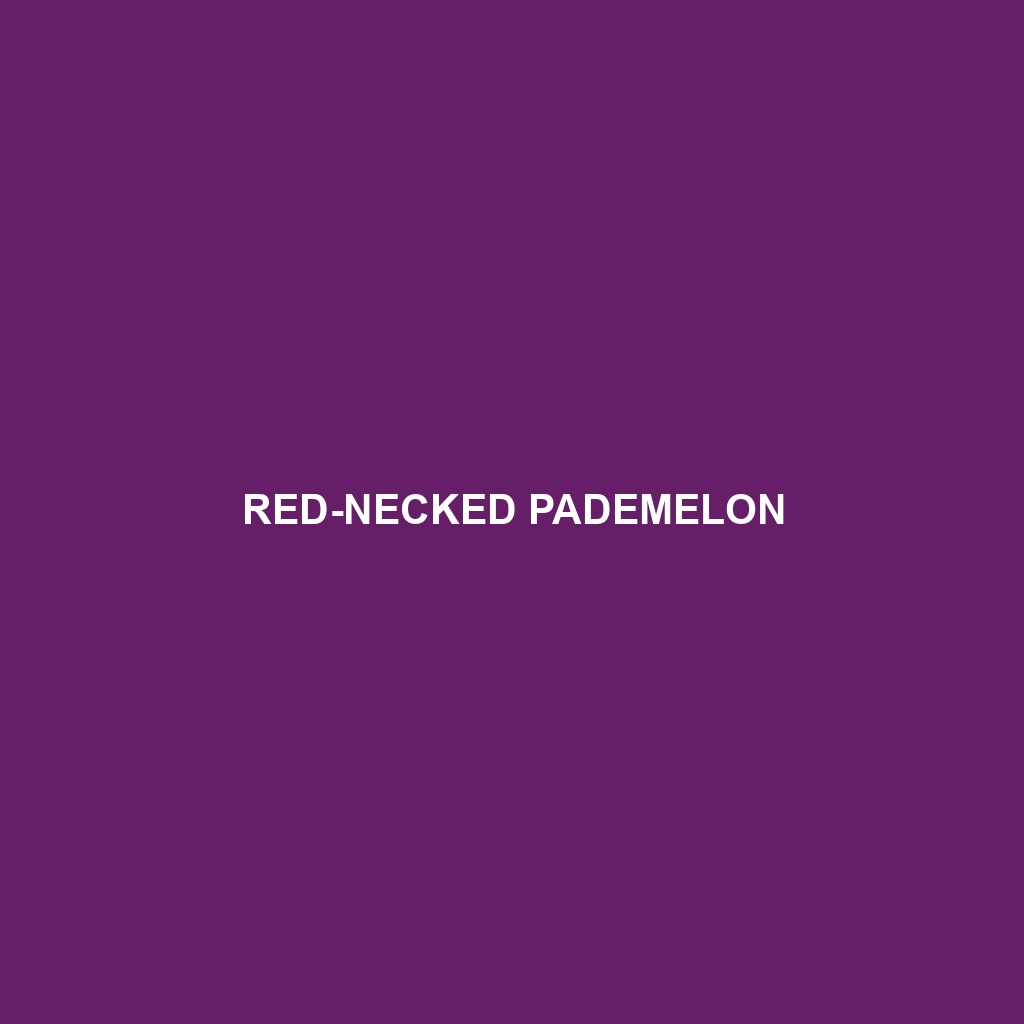Red-necked Pademelon (Thylogale thetis)
The Red-necked Pademelon is a small, nocturnal marsupial native to the eastern coastal regions of Australia. Known for its distinctive reddish-brown neck and shoulders, this agile and solitary animal is often seen bounding through dense forests and rainforests. Despite its elusive nature, the Red-necked Pademelon plays a crucial role in its ecosystem by aiding in seed dispersal and maintaining plant diversity.
Physical Characteristics
Size:
The Red-necked Pademelon typically measures between 38 to 58 cm (15 to 23 inches) in body length, with a tail length of about 30 to 51 cm (12 to 20 inches). Adults usually weigh between 3.5 to 12 kg (7.7 to 26.5 lbs), with males being generally larger than females.
Coloration:
As its name suggests, the Red-necked Pademelon features a striking reddish-brown patch on its neck and shoulders. The rest of its fur is predominantly brownish-grey, which helps it blend into the forest floor. Its underbelly is lighter, often a pale cream or light grey.
Special Features:
Pouch: Like other marsupials, females have a well-developed pouch in which they carry and nurse their young.
Hind Legs: Their powerful hind legs are adapted for leaping and provide great agility in dense underbrush.
Tail: The tail is muscular and helps in balancing while hopping.
Behaviors
Social Interactions:
Red-necked Pademelons are generally solitary but may come together in small groups during feeding. They are shy and reclusive, often avoiding human contact and using dense vegetation as cover to remain hidden from predators.
Feeding Habits:
These herbivores primarily feed on a variety of leaves, grasses, fruits, and herbs. They are known to forage at dusk and throughout the night, using their keen sense of smell to locate food. Their diet can vary seasonally, depending on the availability of different plant species.
Ecological Roles:
As seed dispersers, Red-necked Pademelons help maintain plant diversity within their habitats. Their foraging activities also contribute to the health of the forest floor by aiding in the decomposition of organic material and the aeration of soil.
Habitats
Red-necked Pademelons inhabit coastal and sub-coastal rainforests, sclerophyll forests, and wet eucalypt forests. They prefer areas with dense undergrowth that provides ample cover from predators and human disturbance. Their range extends from southeastern Queensland to northeastern New South Wales.
Adaptations
Nocturnal Lifestyle: Being nocturnal helps them avoid daytime predators and high temperatures.
Camouflage: Their fur coloration offers excellent camouflage against the forest floor, protecting them from predators.
Agility: Their powerful hind legs and muscular tails allow them to navigate the dense forest terrain efficiently.
Conservation Status
Currently, the Red-necked Pademelon is listed as Least Concern on the IUCN Red List due to its relatively stable population. However, habitat destruction and fragmentation pose significant threats to their long-term survival. Conservation efforts focus on protecting their natural habitats and mitigating the impact of human activities.
Fun Facts
The name “Pademelon” is derived from the Dharug word “badimaliyan.”
Young pademelons, called joeys, remain in their mother’s pouch for about six months before venturing out.
Despite their shy nature, Red-necked Pademelons can make a variety of vocalizations, including growls and hisses, to communicate with each other and ward off threats.
They are closely related to wallabies but are generally smaller and have different habitat preferences.
By providing this comprehensive overview of the Red-necked Pademelon, your website visitors will gain a deeper understanding of this fascinating marsupial’s unique attributes and its essential role in Australia’s ecosystems.
